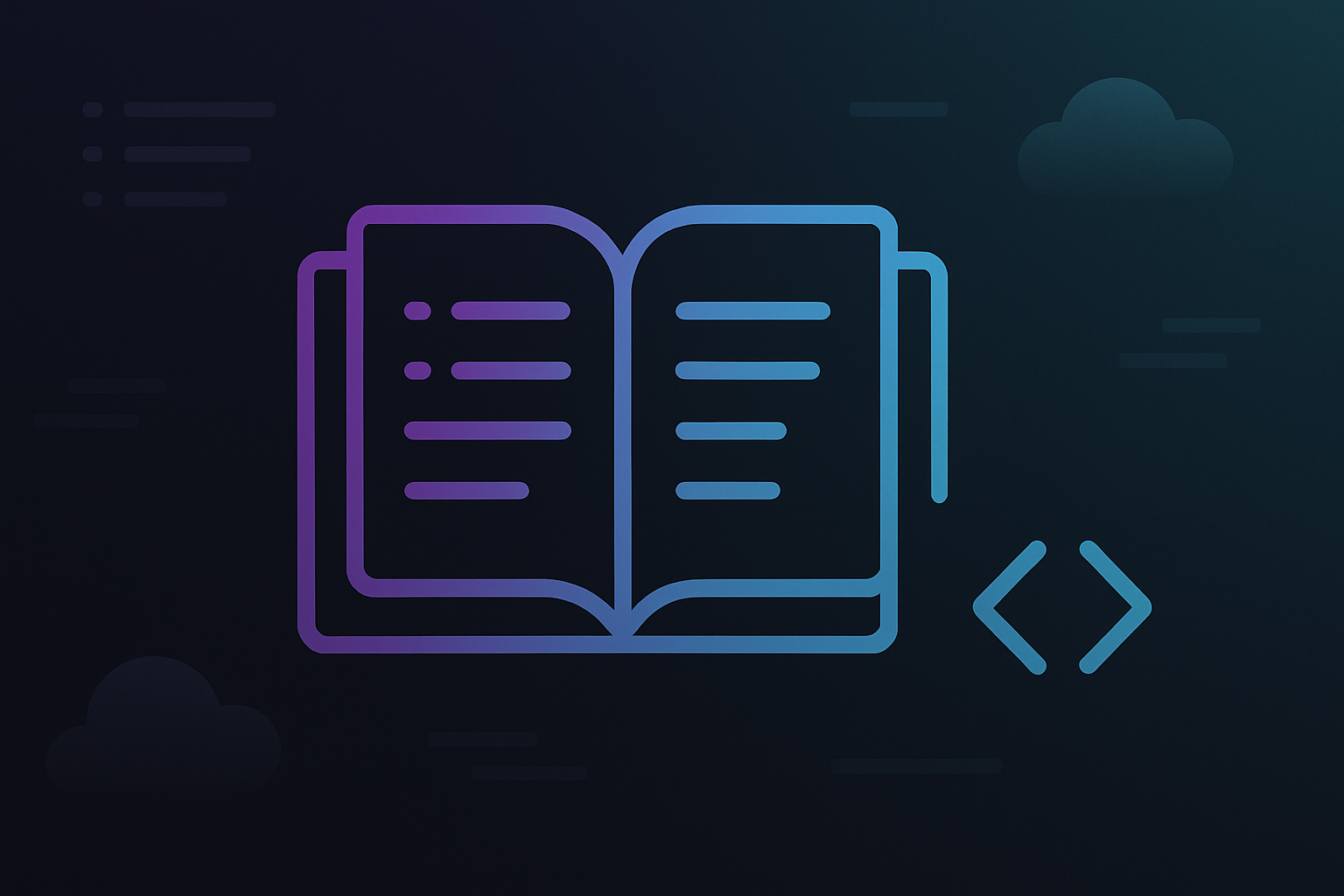Getting Started with Cloudflare Workers
Learn the basics of Cloudflare Workers and how to deploy your first serverless function.

Cloudflare Workers allow you to execute JavaScript at the edge, closer to your users than traditional cloud platforms. This guide will walk you through setting up your development environment and deploying your first Worker.
Prerequisites
Before you begin, you’ll need:
- A Cloudflare account (free tier is fine for getting started)
- Node.js installed on your development machine
- Basic knowledge of JavaScript
Setting Up Your Development Environment
The easiest way to get started with Cloudflare Workers is to use Wrangler, Cloudflare’s official CLI tool.
Install Wrangler
npm install -g wranglerAuthenticate Wrangler
Run the following command to log in to your Cloudflare account:
wrangler loginThis will open a browser window where you can authorize Wrangler to access your Cloudflare account.
Creating Your First Worker
Generate a New Project
wrangler generate my-first-worker
cd my-first-workerThis creates a new directory with a basic Worker template.
Examine the Default Code
Open src/index.js in your editor. You’ll see something like this:
export default {
async fetch(request, env, ctx) {
return new Response("Hello World!");
},
};This is a simple Worker that responds with “Hello World!” to all requests.
Customize Your Worker
Let’s modify the code to do something a bit more interesting:
export default {
async fetch(request, env, ctx) {
const url = new URL(request.url);
const name = url.searchParams.get("name") || "Anonymous";
return new Response(`Hello, ${name}! Welcome to Cloudflare Workers.`, {
headers: {
"Content-Type": "text/plain",
},
});
},
};This Worker now looks for a query parameter called name and personalizes the greeting. Testing Locally One of the benefits of Wrangler is that you can test your Workers locally before deploying. Run the following command:
wrangler devThis starts a local development server at http://localhost:8787. Try visiting:
Deploying to Cloudflare
When you’re ready to deploy your Worker to Cloudflare’s global network, run:
wrangler publishAfter deployment, Wrangler will output the URL where your Worker is now live. Next Steps Now that you’ve deployed your first Worker, you might want to explore:
- Working with Cloudflare KV for key-value storage
- Using Durable Objects for stateful applications
- Integrating with R2 for object storage
- Setting up custom domains for your Workers
Conclusion
Congratulations! You’ve successfully deployed your first Cloudflare Worker. This is just the beginning of what you can build with Cloudflare’s edge computing platform. As you become more comfortable with Workers, you’ll be able to build increasingly sophisticated applications that take advantage of Cloudflare’s global network.
